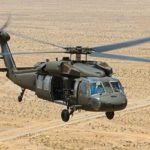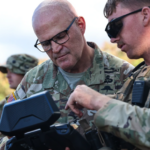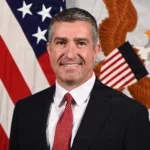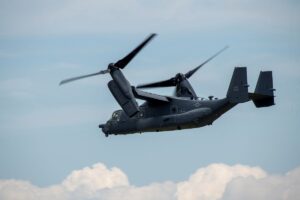
The Department of Defense has launched a new pilot program aimed at funding academia-industry research partnerships to meet technological challenges related to power beaming, highly‐maneuverable UAVs, soft active composites and metamaterial-based antennas. The new Defense Enterprise Science Initiative (DESI), announced Wednesday, will provide $6 million in funding to four programs of university and industry partners meant to conduct use-inspired basic research over two years.Each partnership will receive a $1.5 million grant, and have the option to receive a third year…

 By
By 











